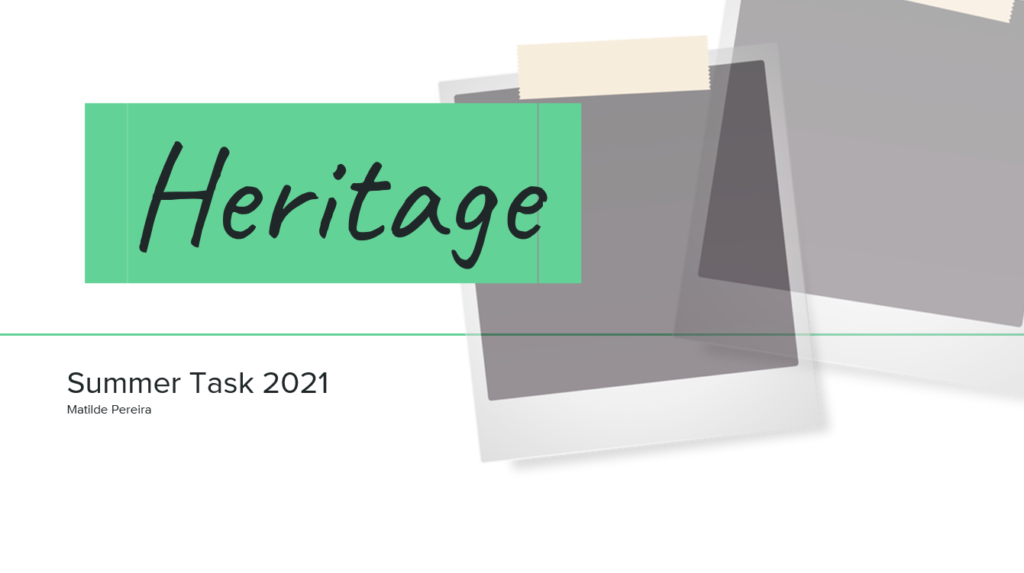
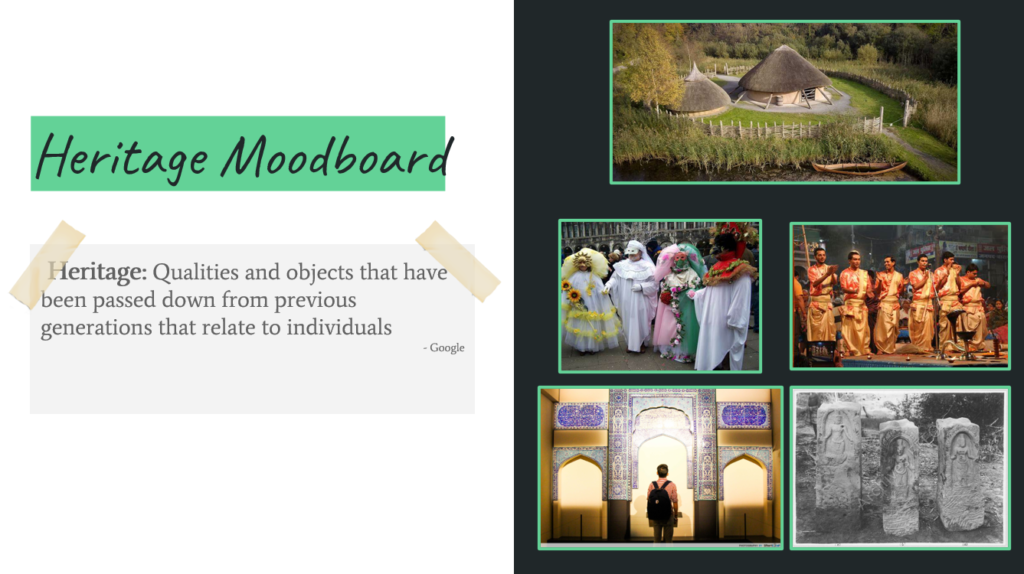
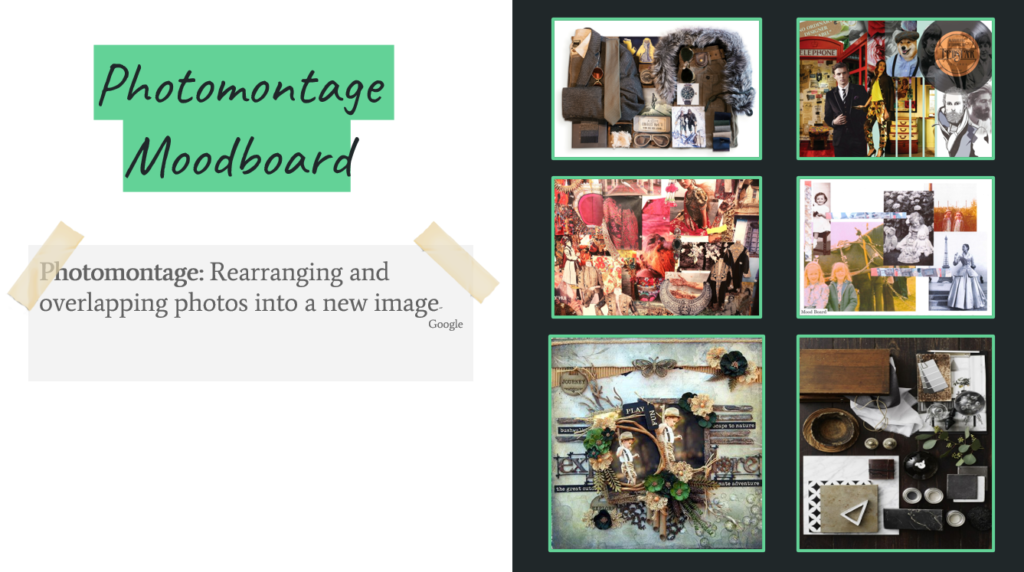
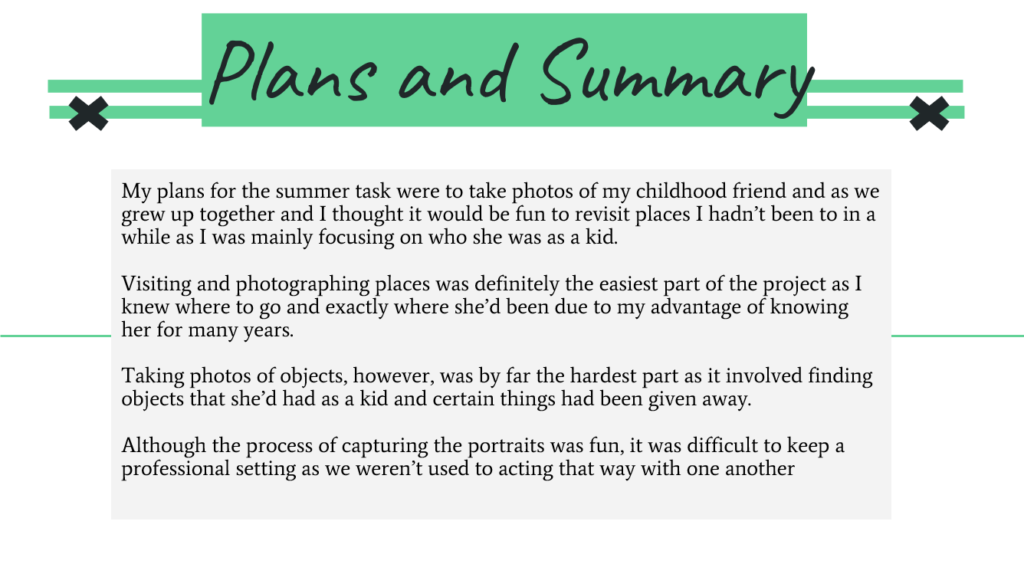
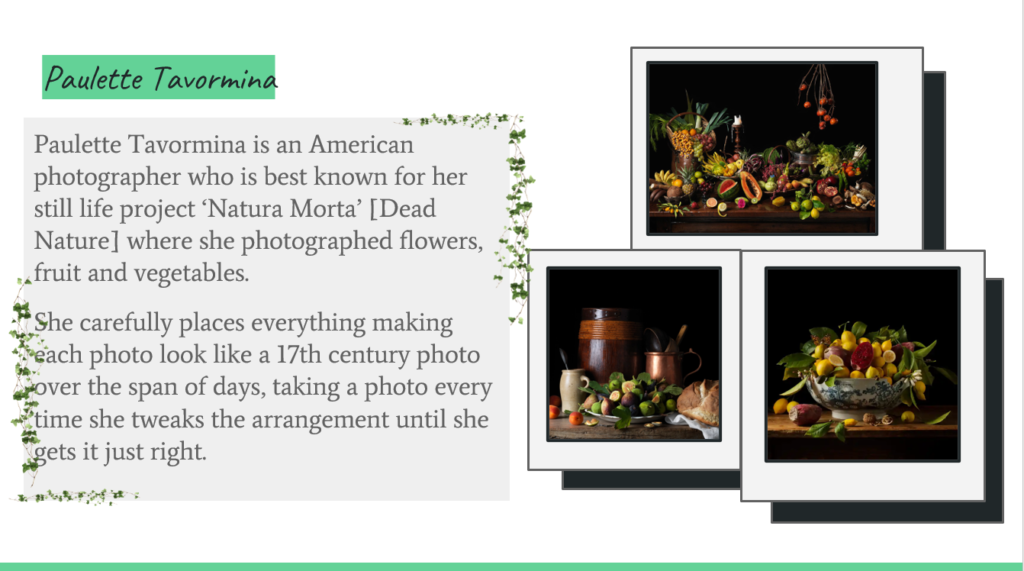
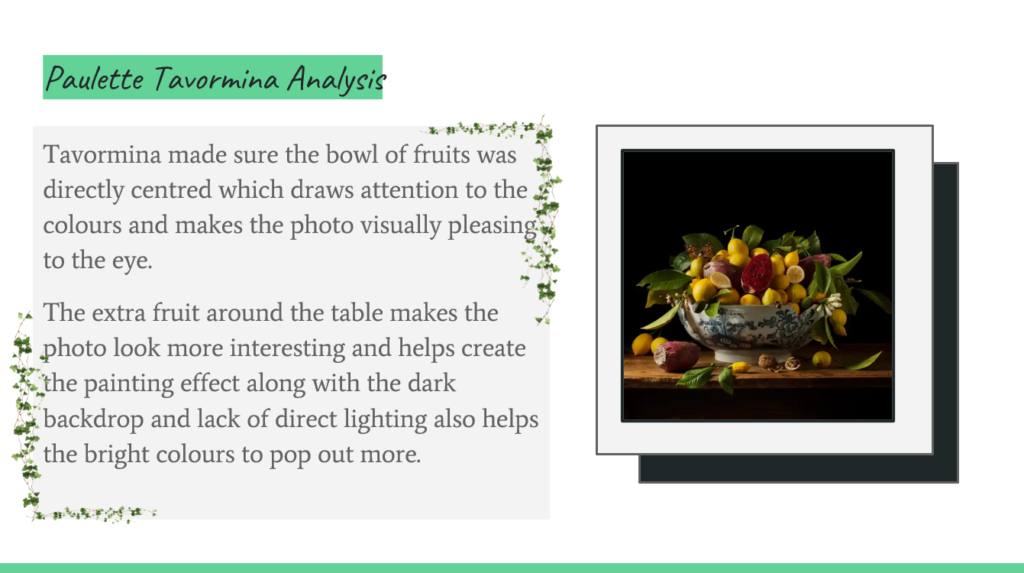
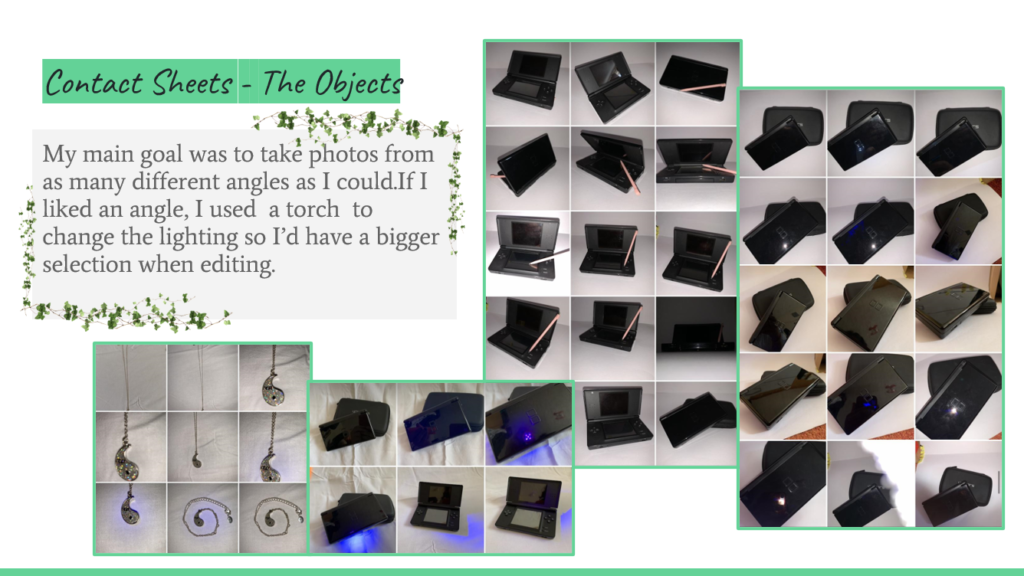

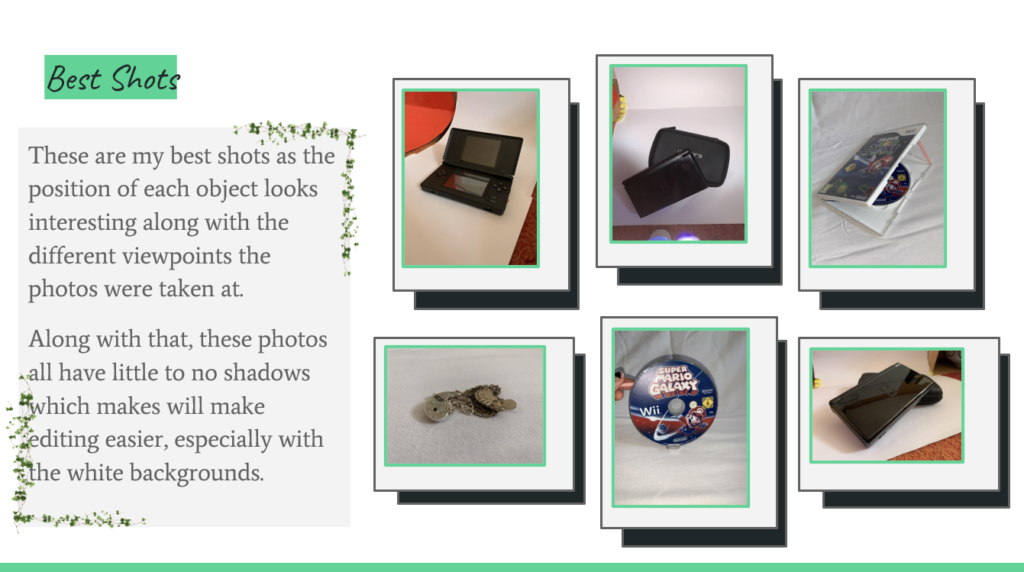

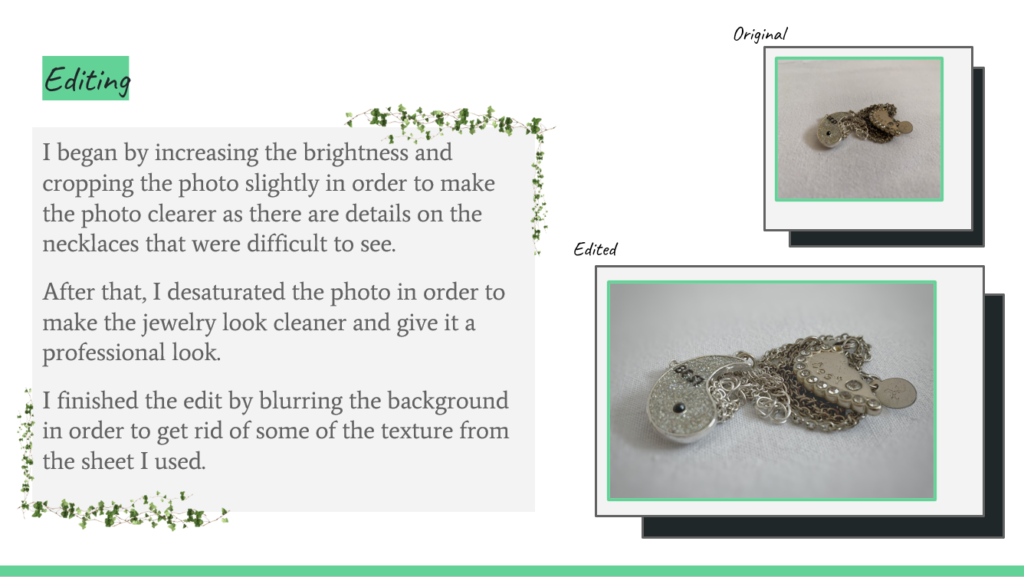

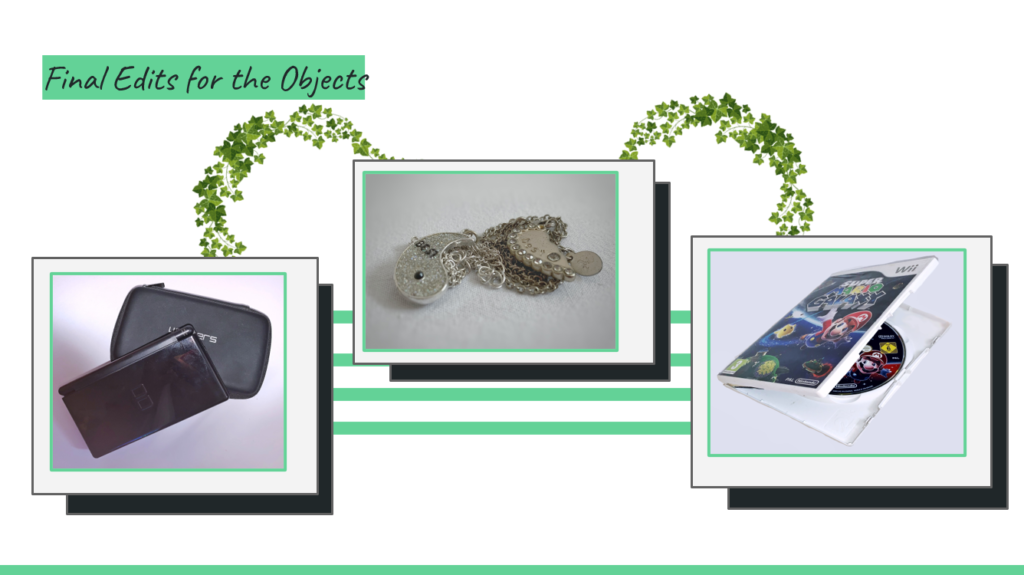
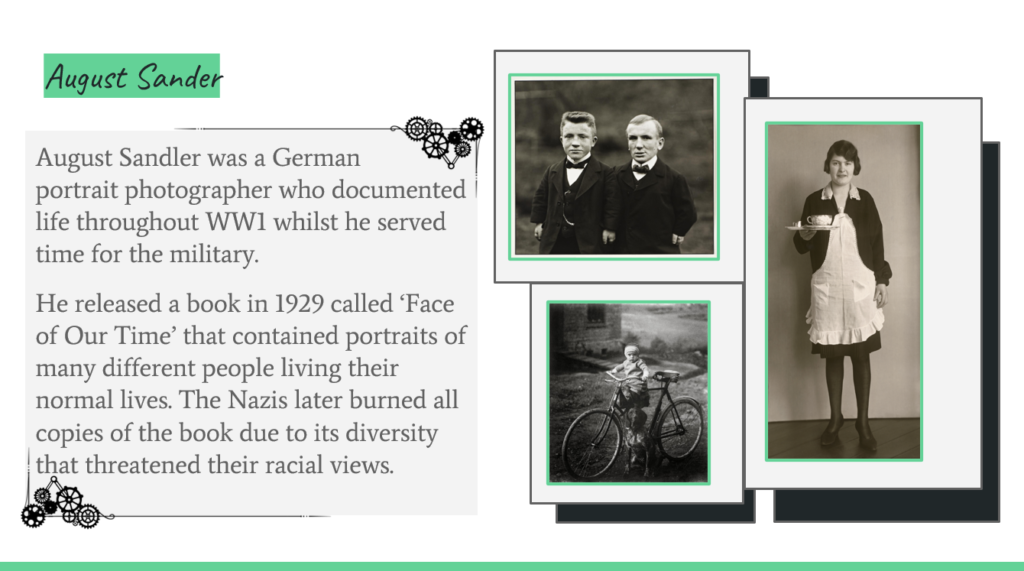
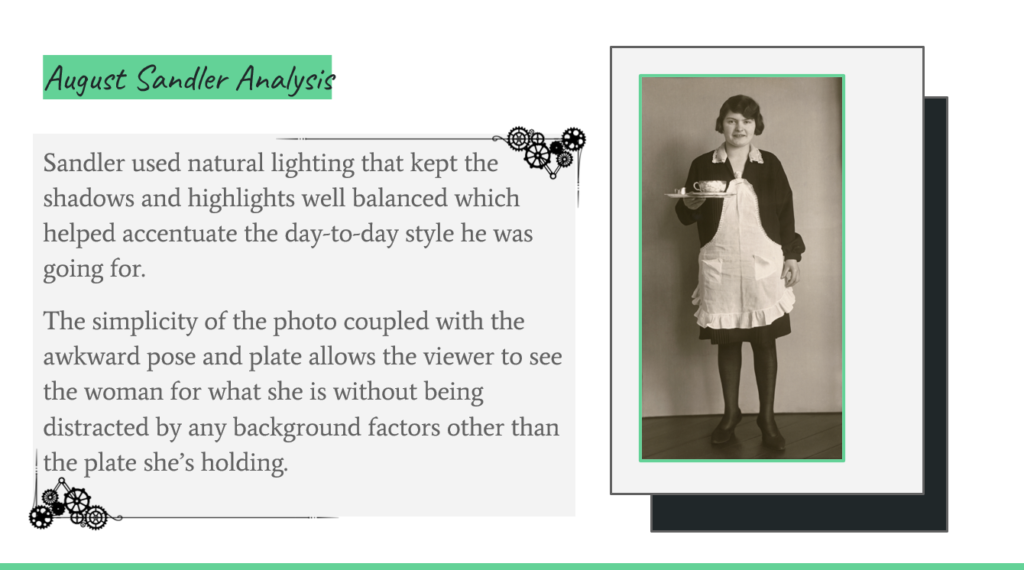
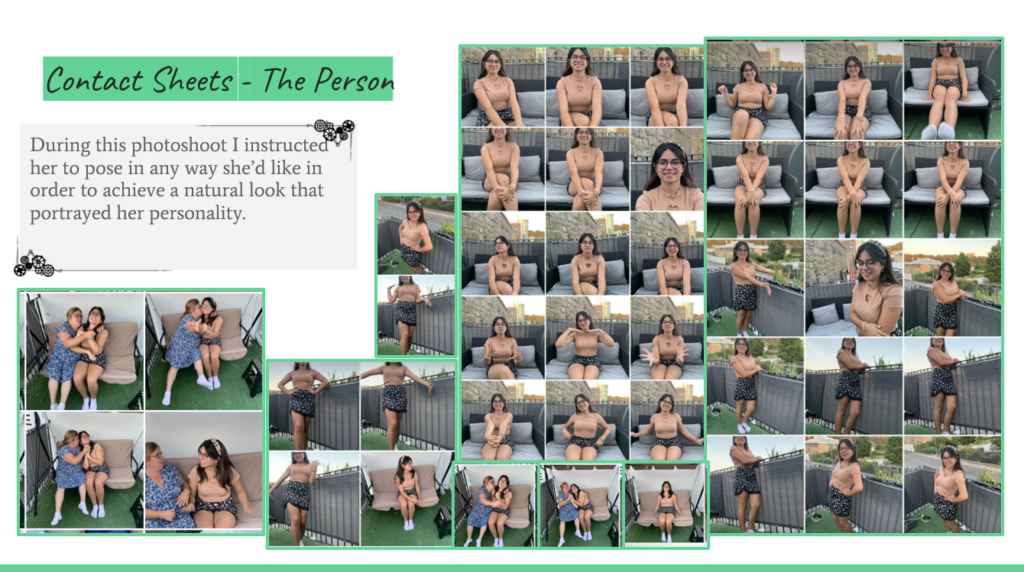

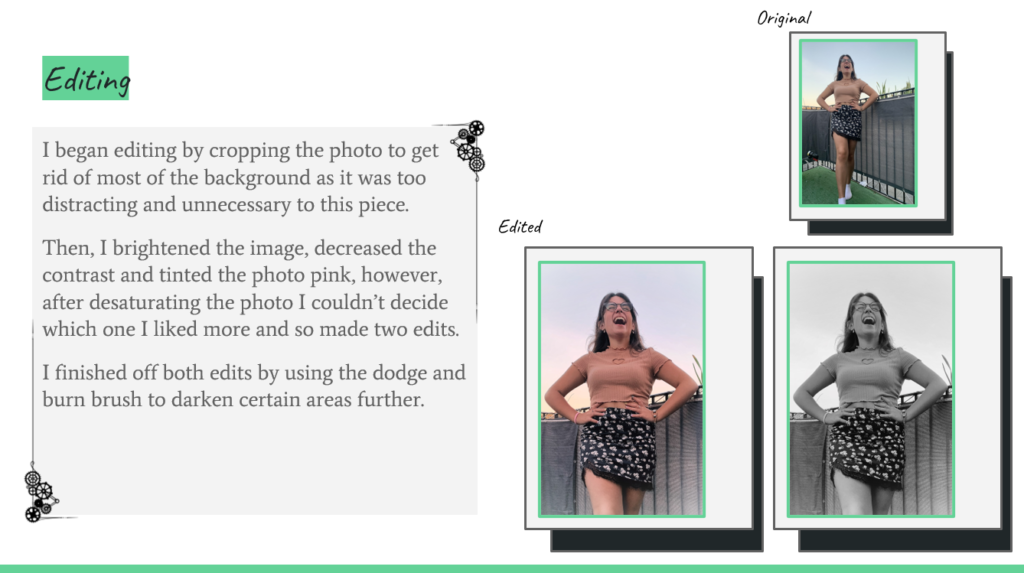
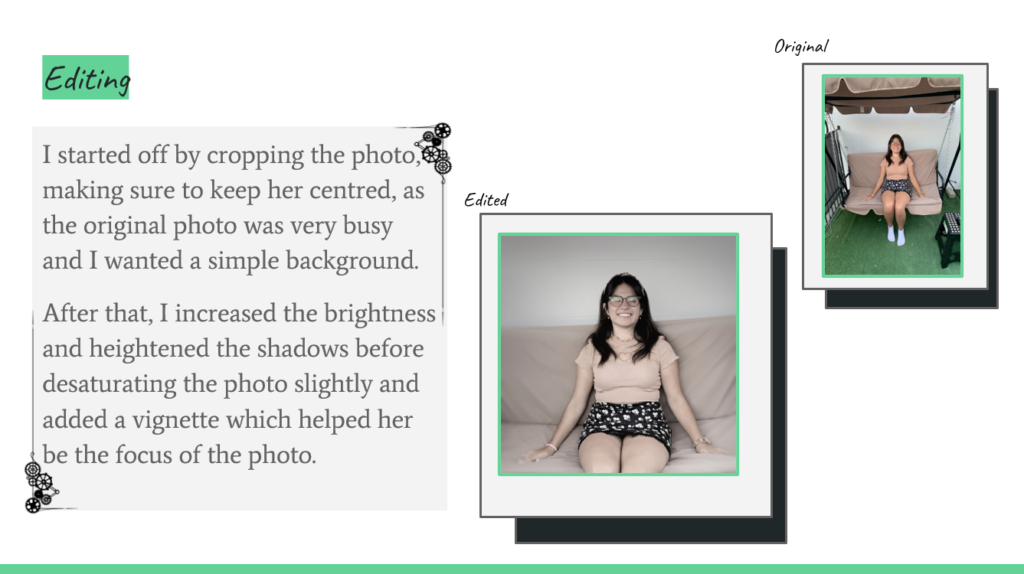
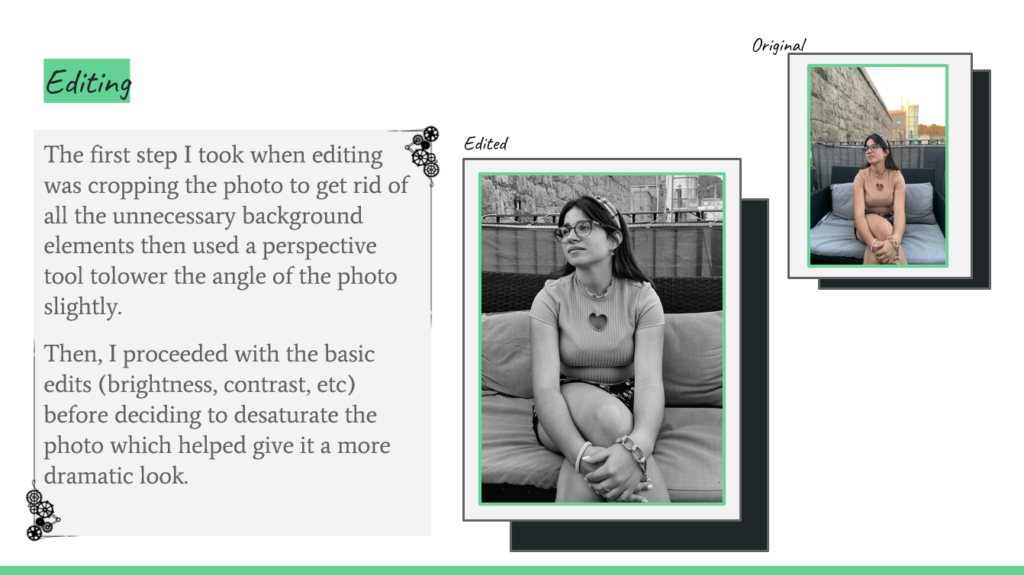

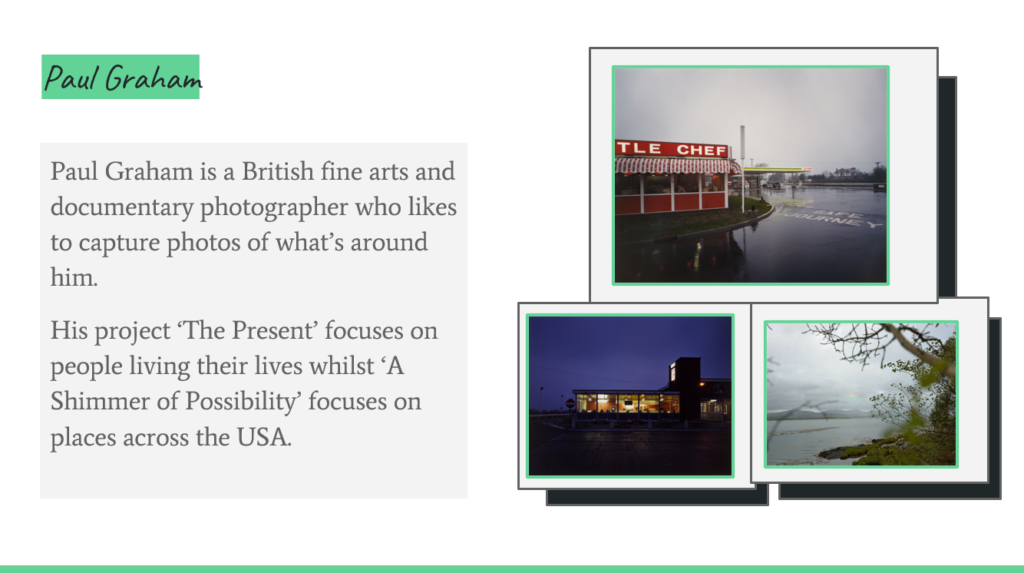
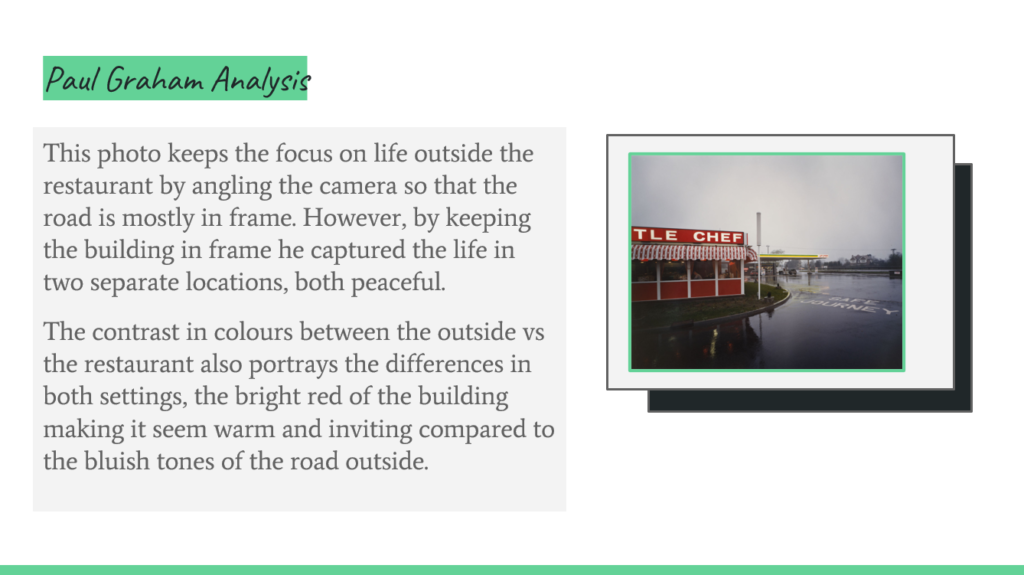
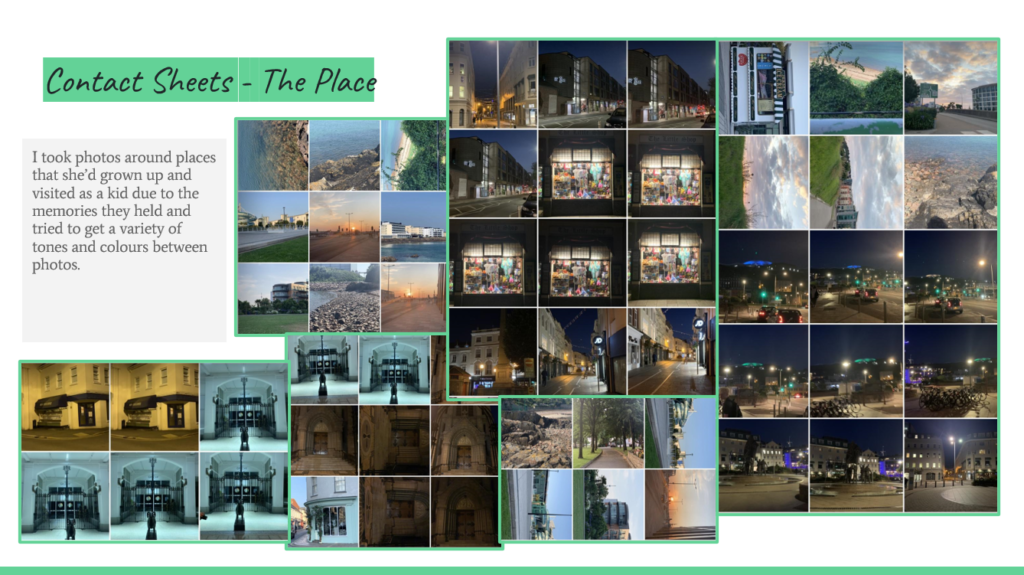
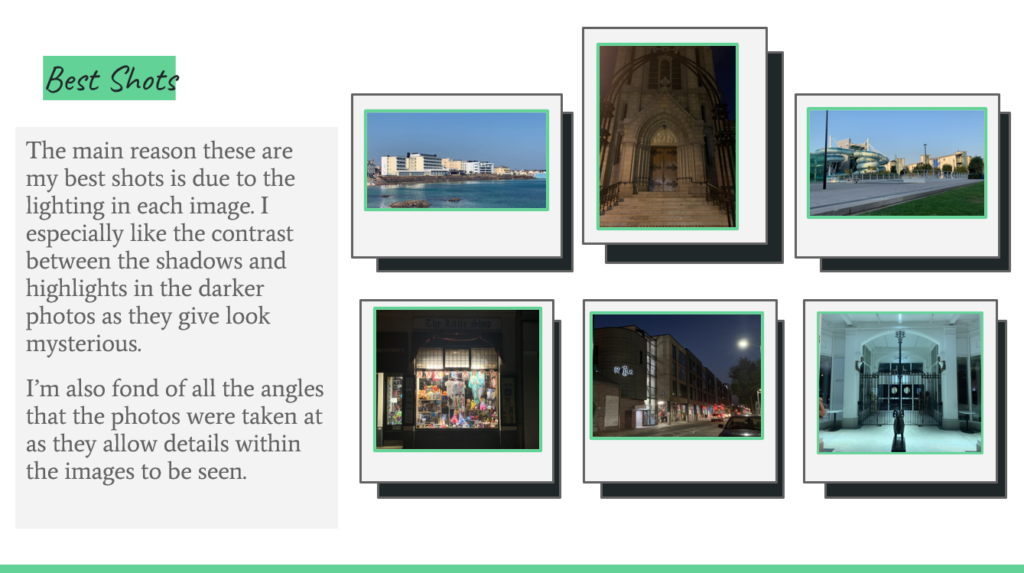

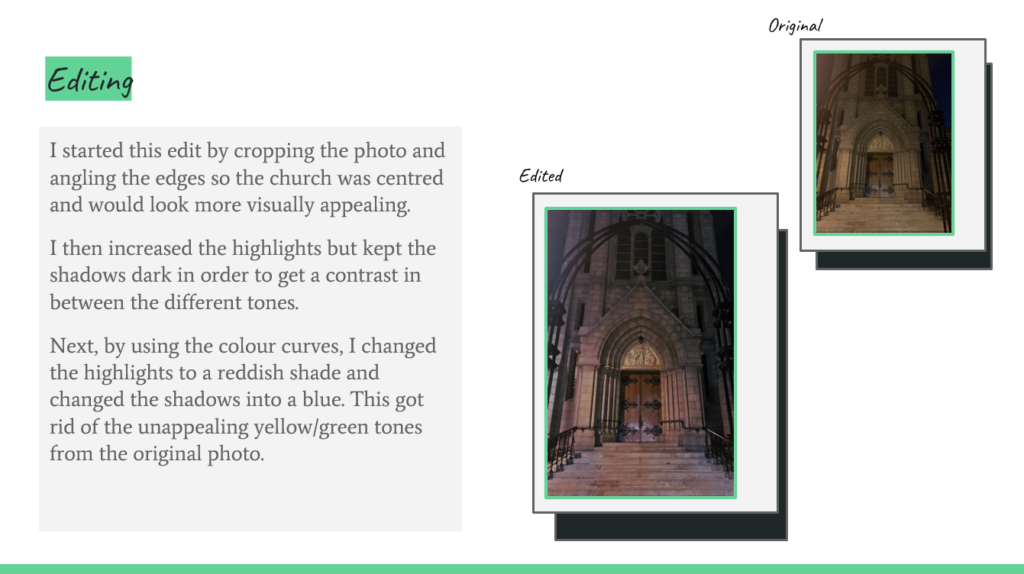
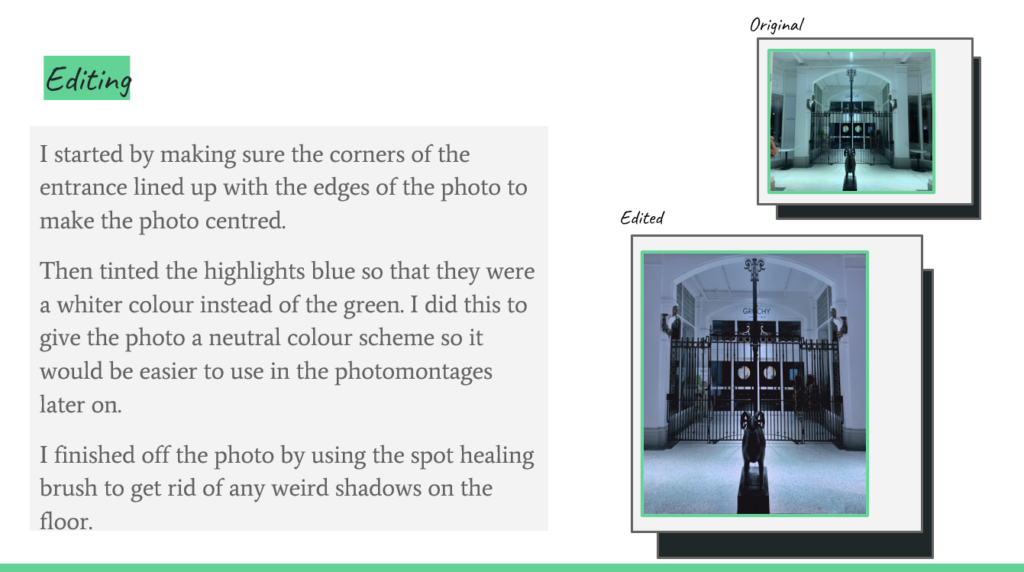

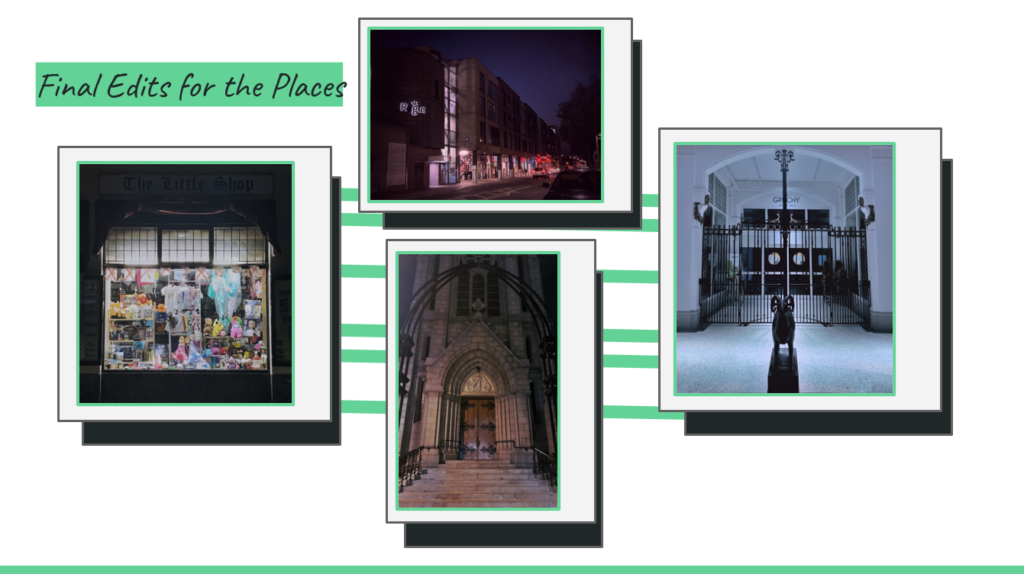
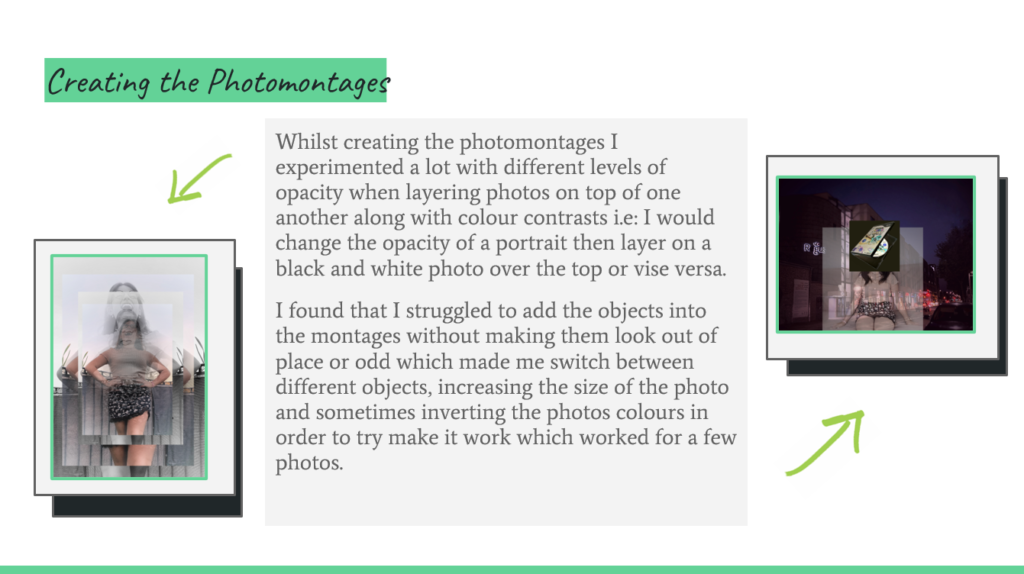
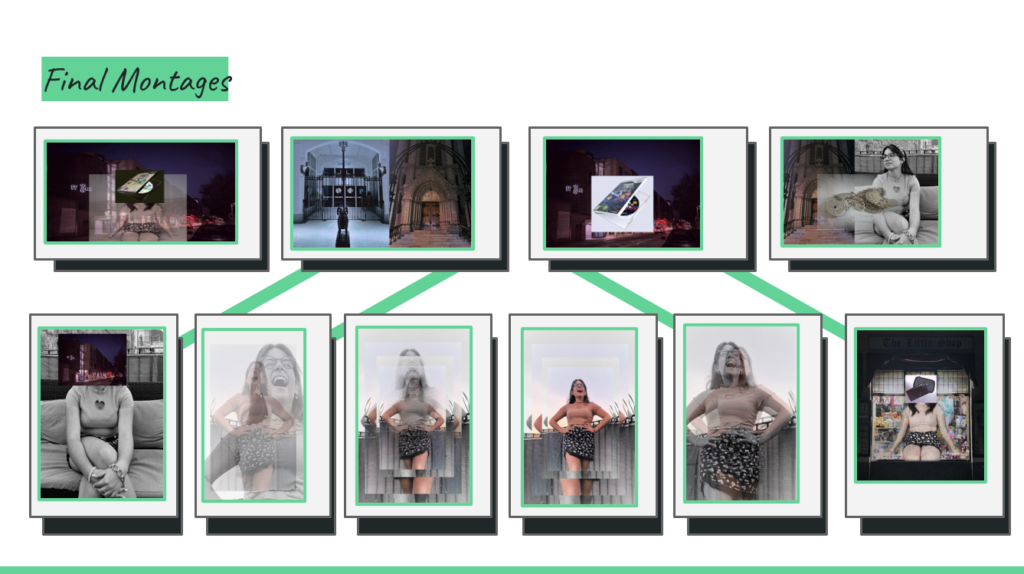
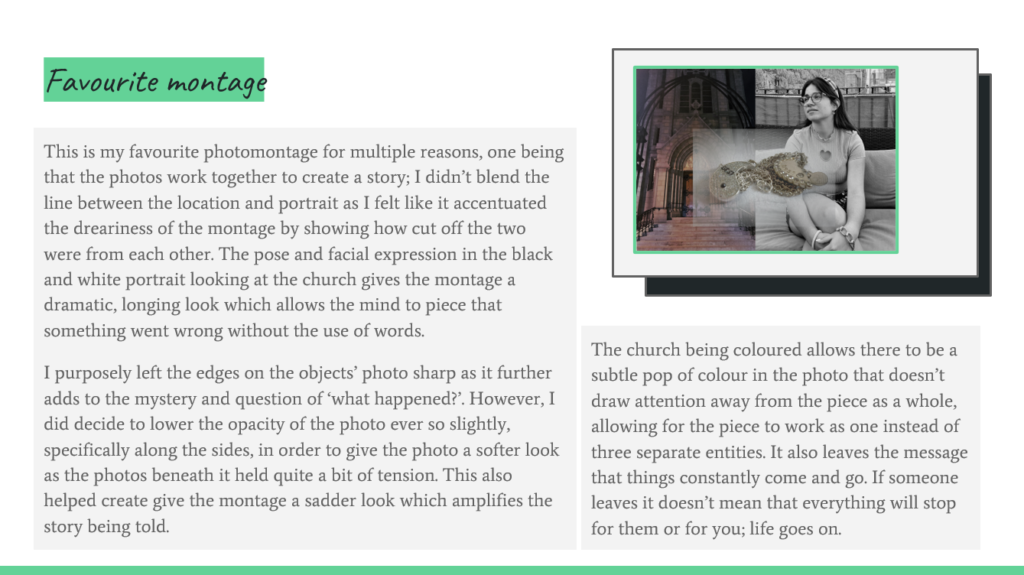

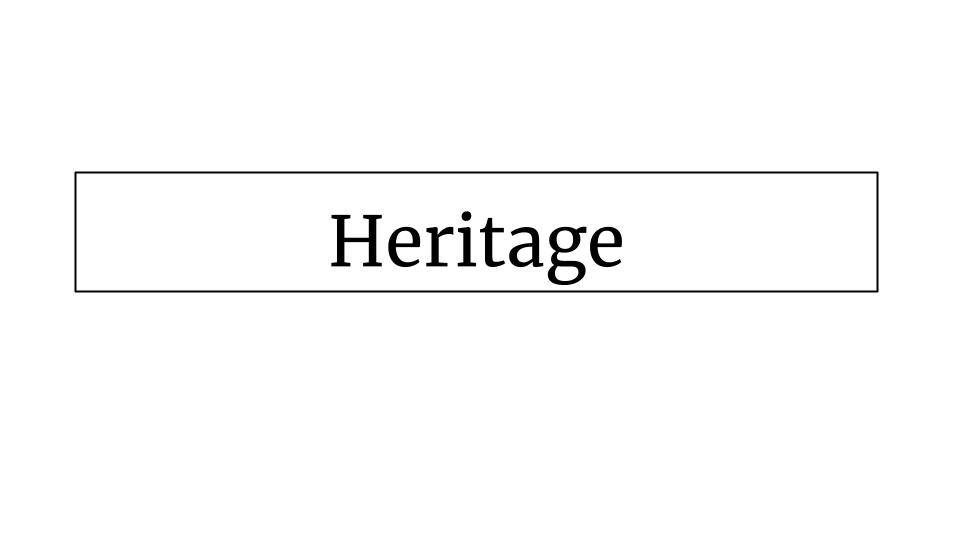
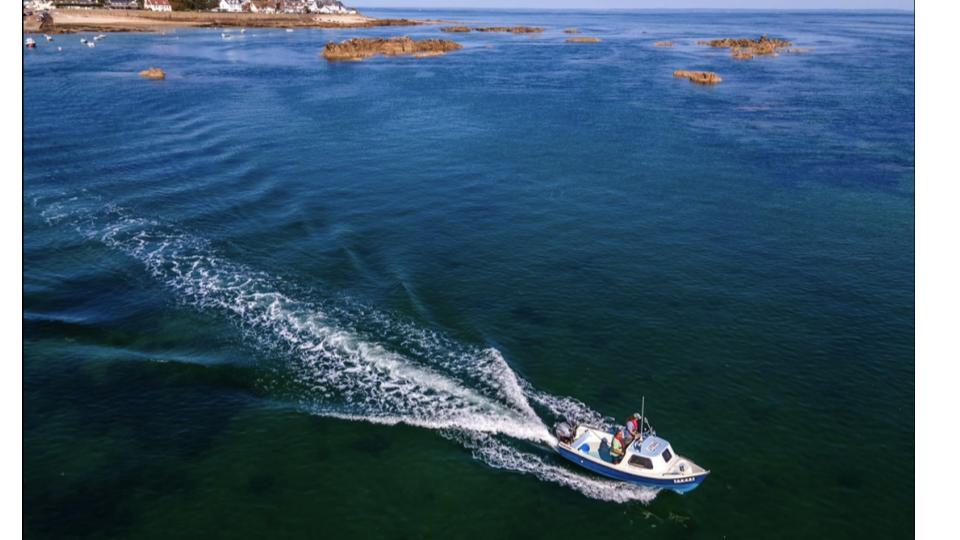







Passport photos are the photos used on your passport to identify who you are.

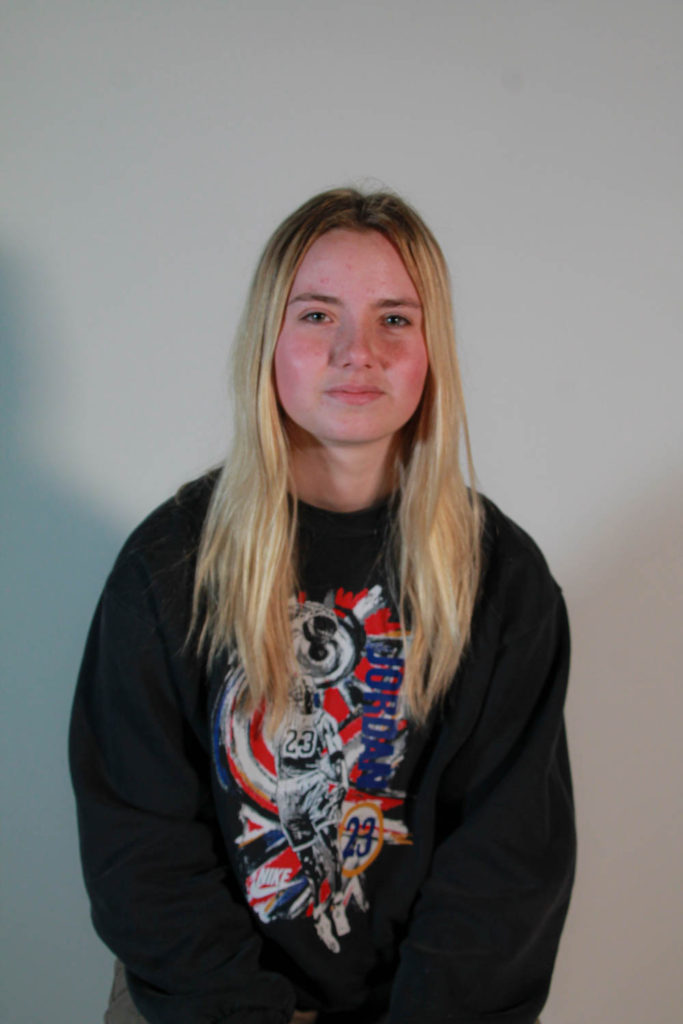
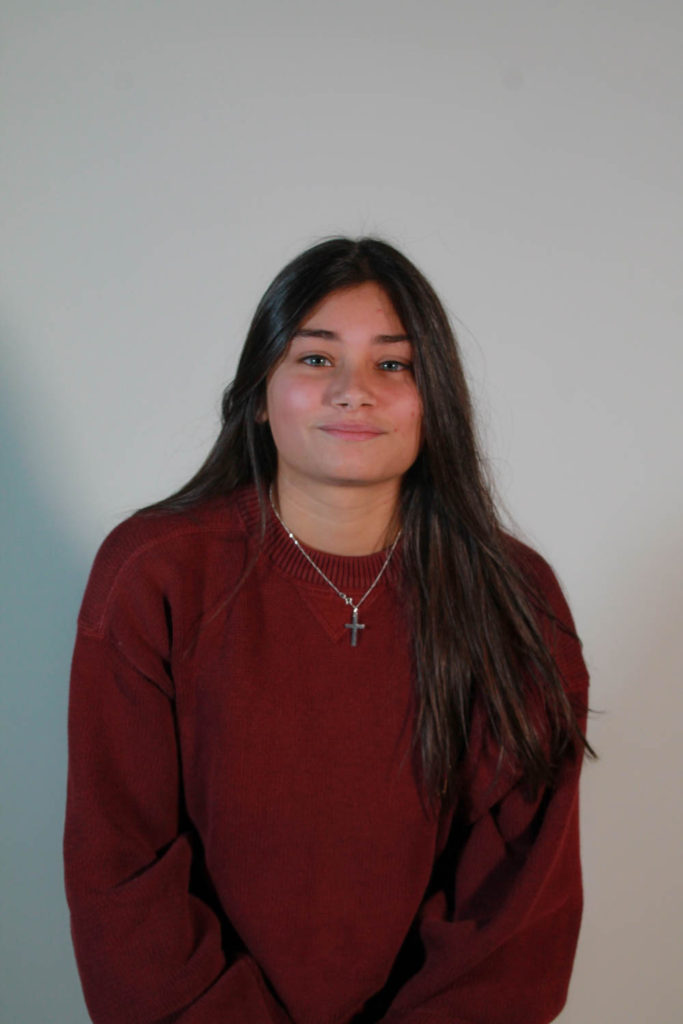

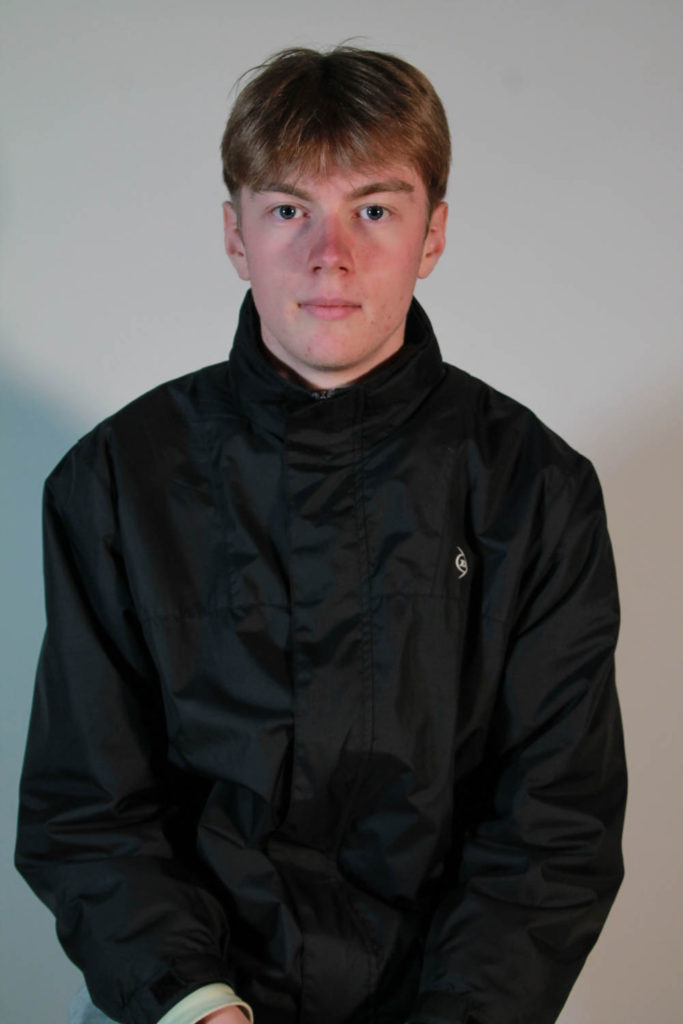
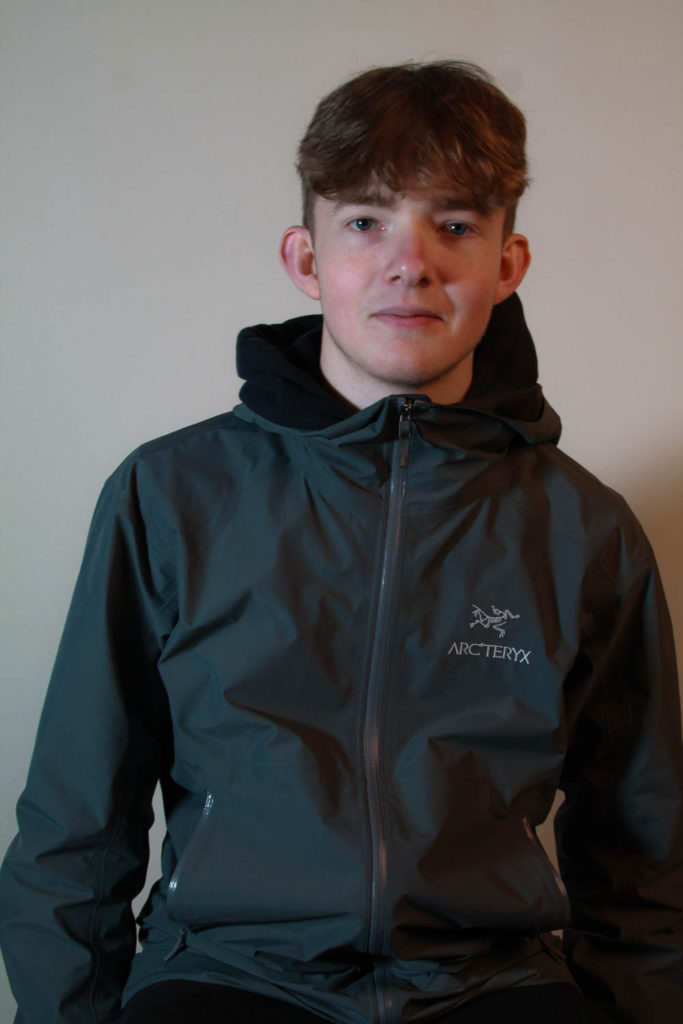
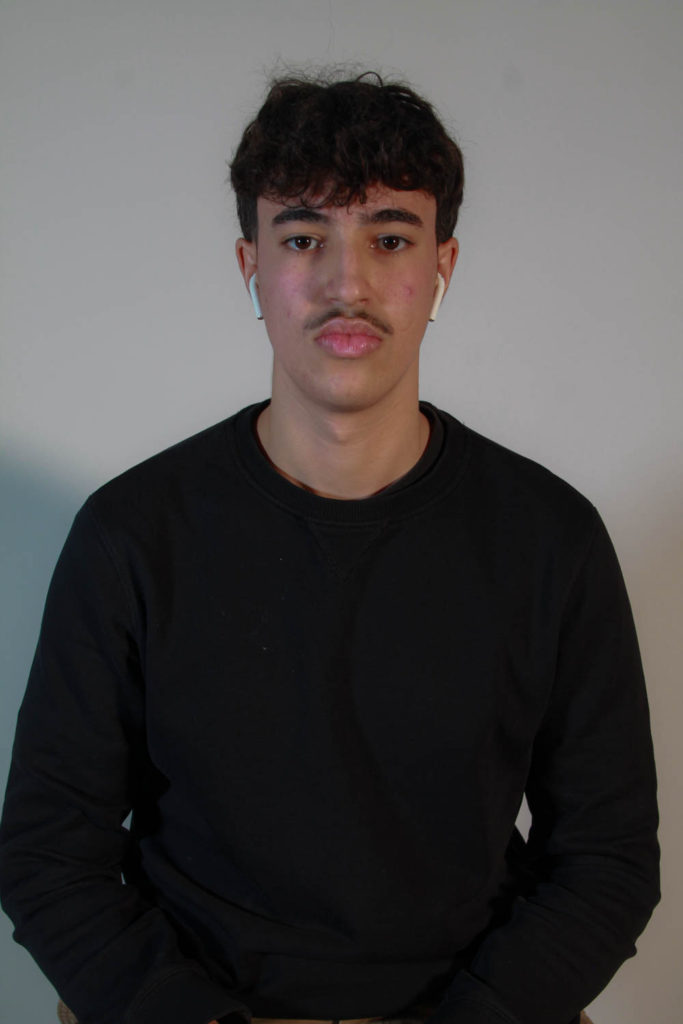

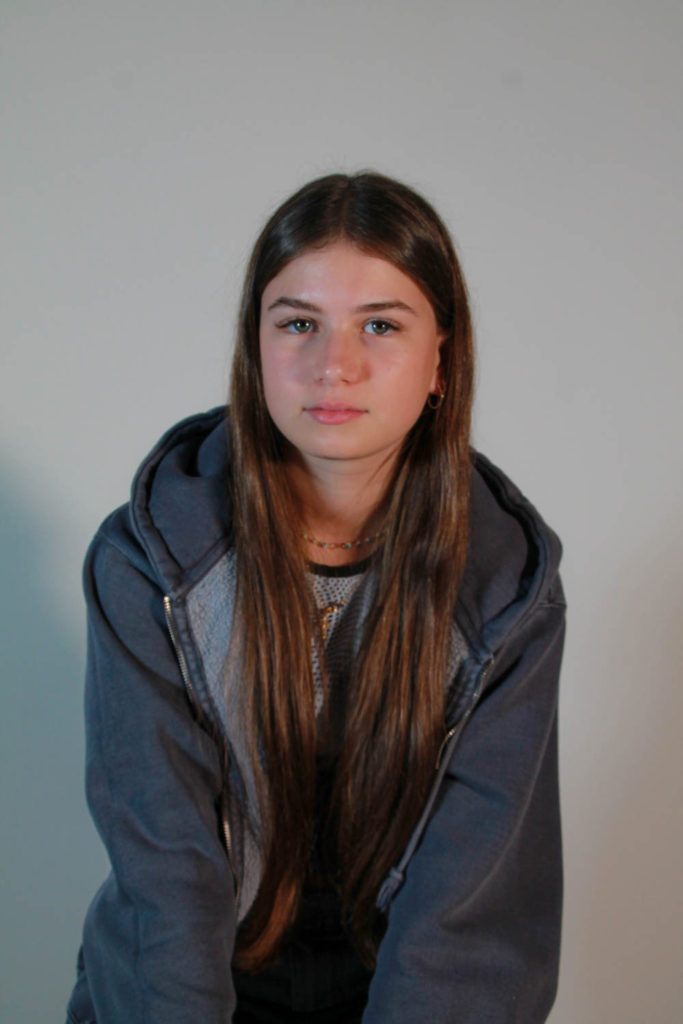
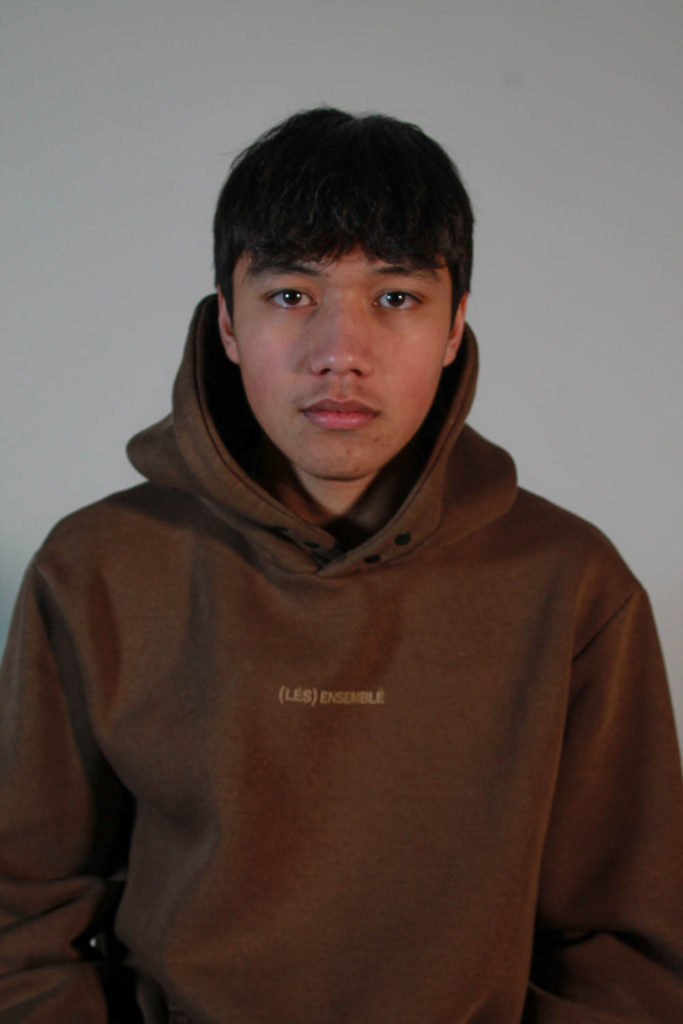

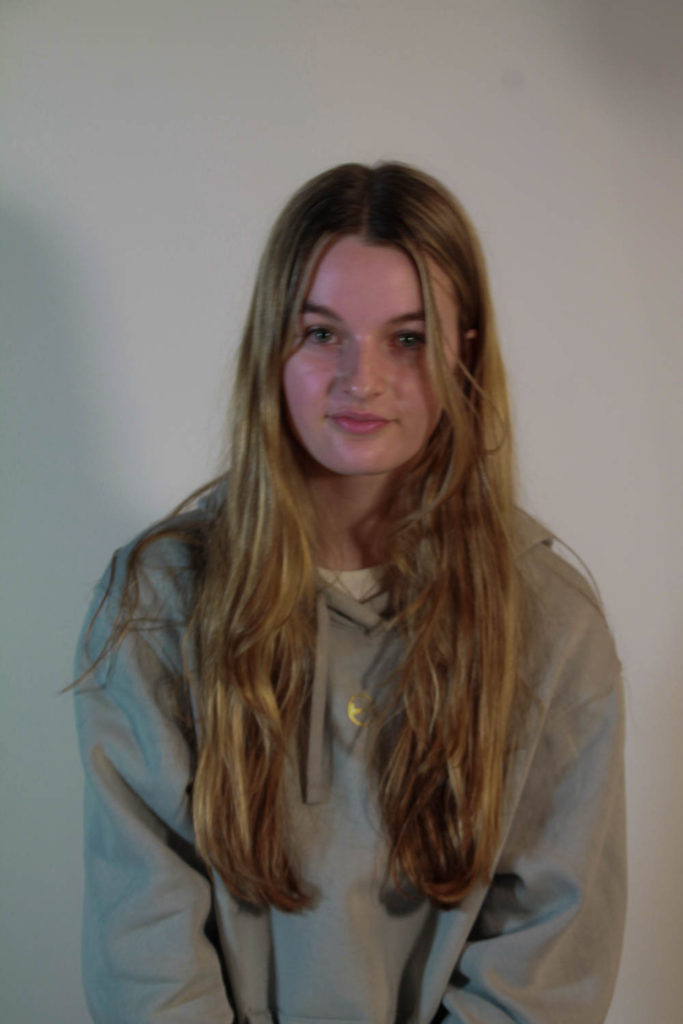
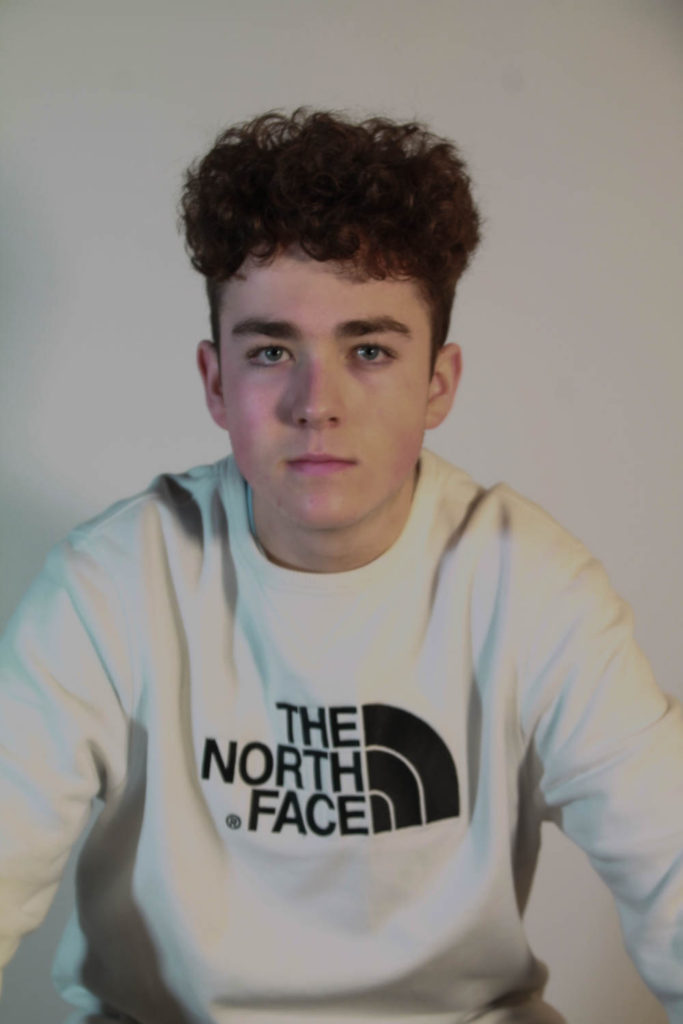
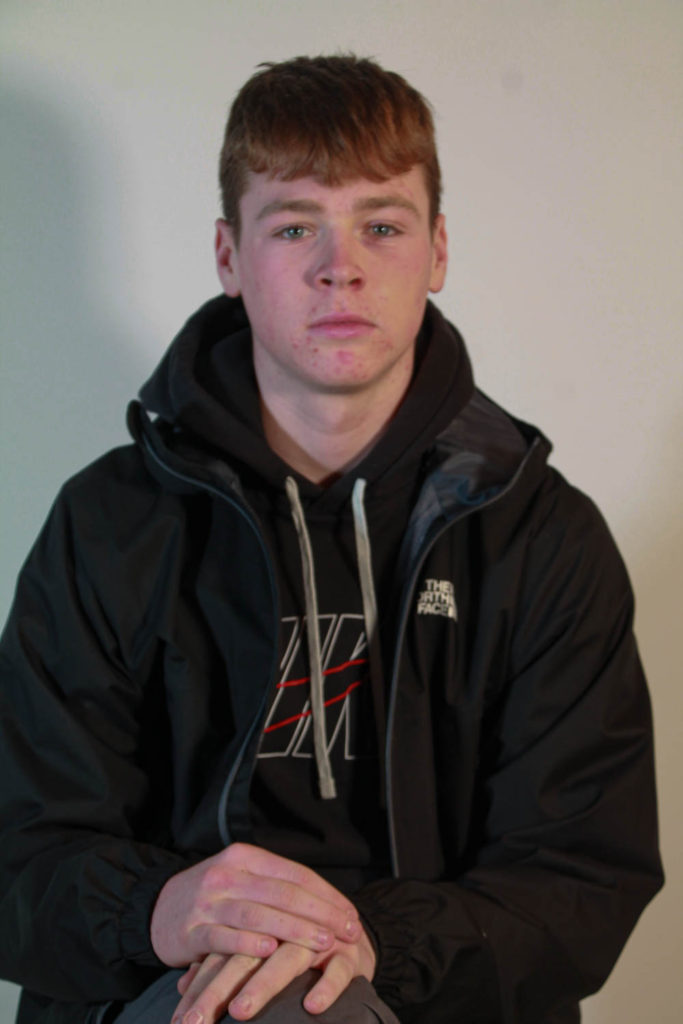
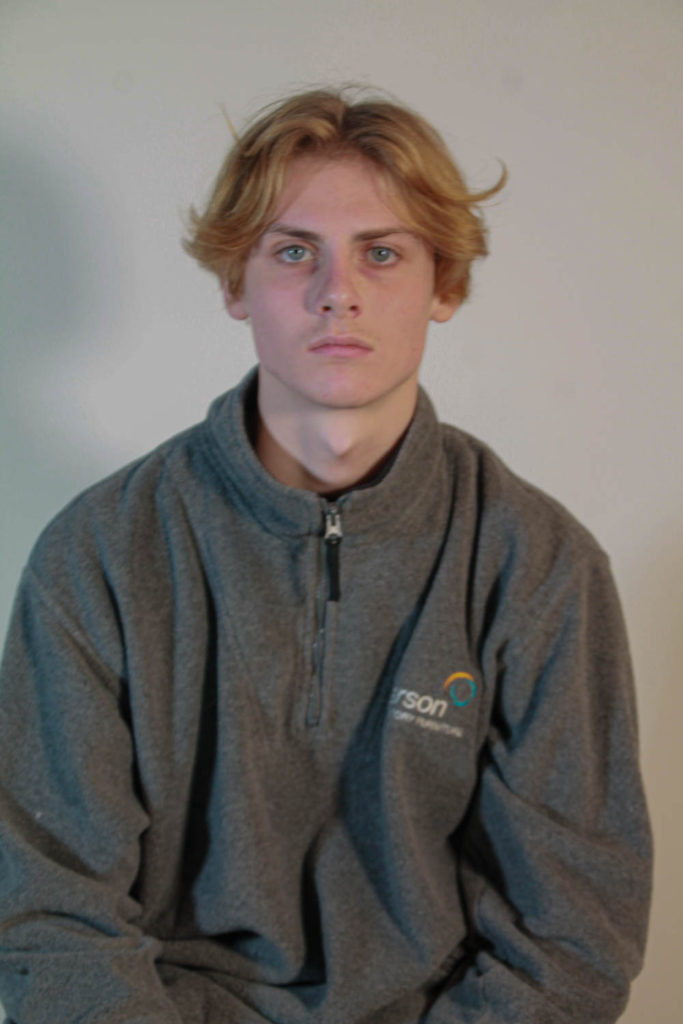

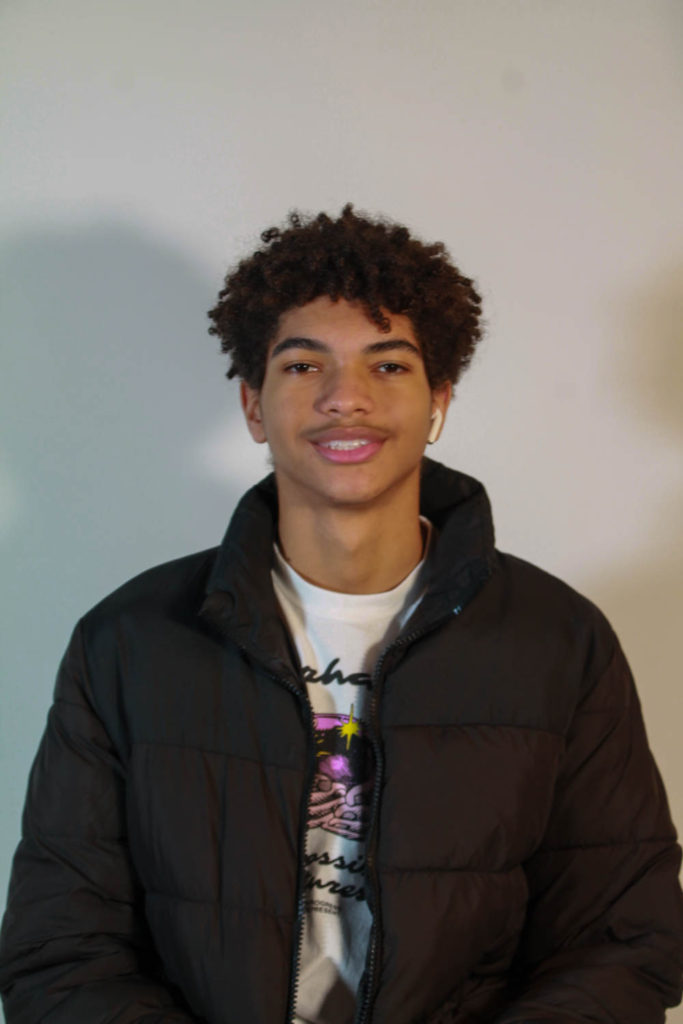
From government website:
Rules for digital photos
The quality of your digital photo
Your photo must be:
clear and in focus
in colour
unaltered by computer software
at least 600 pixels wide and 750 pixels tall
at least 50KB and no more than 10MB
What your digital photo must show
The digital photo must:
contain no other objects or people
be taken against a plain light-coloured background
be in clear contrast to the background
not have ‘red eye’
If you’re using a photo taken during your application, include your head, shoulders and upper body. Do not crop your photo – it will be done for you.
In your photo you must:
be facing forwards and looking straight at the camera
have a plain expression and your mouth closed
have your eyes open and visible
not have hair in front of your eyes
not have a head covering (unless it’s for religious or medical reasons)
not have anything covering your face
not have any shadows on your face or behind you
not wear glasses in your photo unless you have to do so.
Image analysis is very important in your understanding of photography. Both from learning how an image is composed or structured to the actual content and meaning of an image. You may need to understand or find out its social, historical, or political context.
Choose one of the images below and in groups discuss and record your findings to report back and share with others.
IMAGE ANALYSIS | GROUP EXERCISE 1
Using the matrix TECHNICAL – VISUAL – CONCEPTUAL – CONTEXTUAL below work in small groups to analyse and interpret this image :

Who – what – where – how – why?
IMAGE ANALYSIS GROUP EXERCISE 2
Using the matrix TECHNICAL – VISUAL – CONCEPTUAL – CONTEXTUAL below work in small groups to analyse and interpret this image :
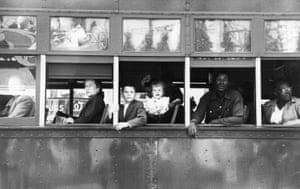
Analysing Robert Frank – Trolley, New Orleans
Who – what – where – how – why?
IMAGE ANALYSIS GROUP EXERCISE 3
Using the matrix TECHNICAL – VISUAL – CONCEPTUAL – CONTEXTUAL below work in small groups to analyse and interpret this image :

Who – what – where – how – why?
Image Analysis Group Exercise 4
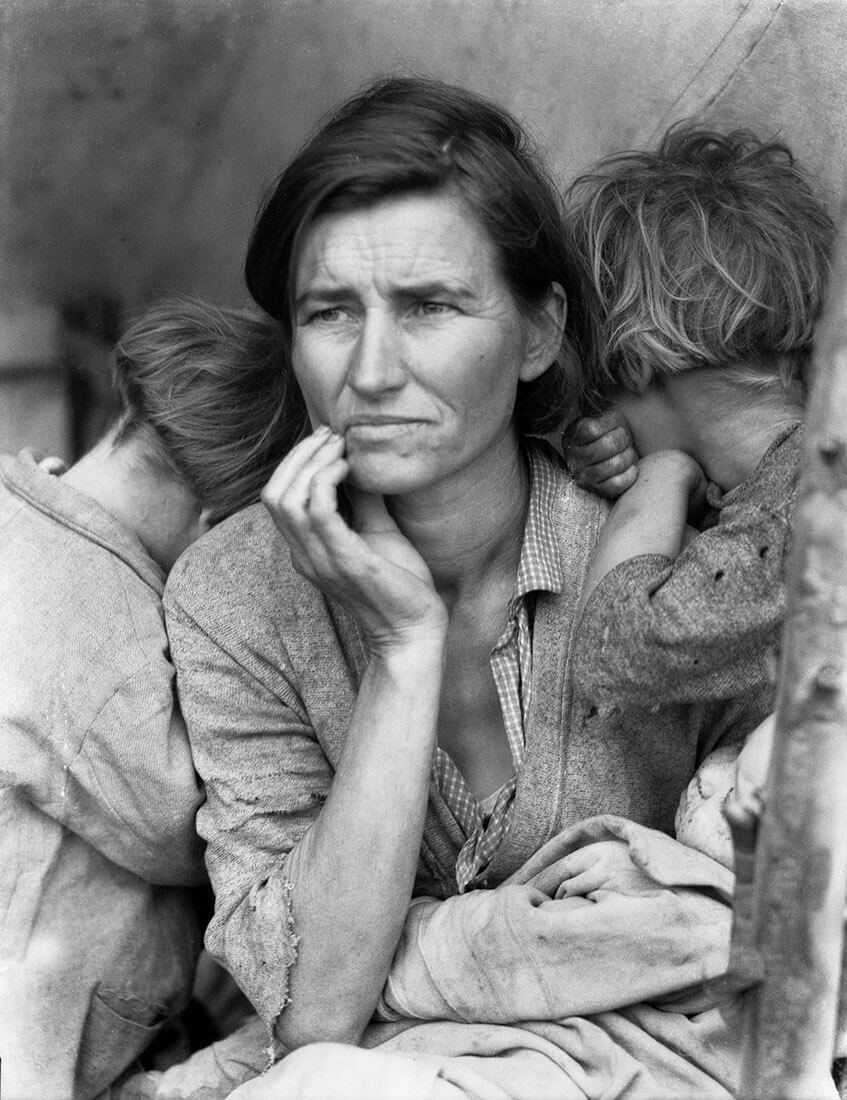
Who – what – where – how – why?

Task
Create a blog post that includes the following…
…to show you knowledge and understanding, research skills and articulation of analysis and interpretation.
Extension : Representation, Standards and Ethics
Photographers (and artists in general) can bend, twist and manipulate the truth…they can influence how we understand the world.
Watch this interesting documentary!
How we represent individuals and groups of people, change the context or meaning, and how fair we are with our methods has huge importance on the way we work…
So far hopefully you have the chance to present your summer task and in groups discuss the role of photography and what it is and have gained an understanding of what an image is and how to analyse an image.
NOW we’re going to look at the HISTORY OF PHOTOGRAPHY.
First we’re going to watch Episode 1, BBC – The Genius of Photography.
Hopefully you all will have your personal school login accounts and passwords etc.
You should all have a valid login now…which provides you with a Hautlieu Creative account so that you can start creating and curating your own blog.
This will be your normal, everyday login details. We expect you to check your emails everyday too…and get used to using Office 365, Adobe Photoshop + Lightroom and follow us on Twitter too (HautlieuC).
The blog provides you with a neat platform to showcase your learning, including knowledge and understanding and of course your images too.
You should have access to the Media Drive (M : Drive)…this is where you must store all of your files. Please check this!
You will learn how to adapt and organise / store your image files…and you must manage file sizes carefully.
We will teach you step by step how to use the blog…then it is down to you to look after it and present your work as thoughtfully and carefully as possible. Each time you publish a blog post…it is then available for marking and assessment. Unpublished work will not normally be marked…thus affecting your progress and success.
We will also comment on your blog posts regularly…which will appear as a new email for you. You are expected to respond to the advice and suggestions accordingly. We constantly track your approach to lesson, independent study and overall progress.
You are expected to take responsibility for your own learning, progress and success during A Level Photography…
We all have various roles and responsibilities…
Hautlieu School Code of Conduct

This powerful image shows a concerned mother with two of her children. She was travelling across the American countryside with her family, seeking work in the lettuce fields of Pajaro Valley, hence the name ‘Migrant Mother’. The photo was taken during the great depression, when a crash in Wall Street sparked the events to come. Millions of people were out of jobs and heatwaves were killing people every day. This gives us the idea that she is trying to keep her children safe, as well as the rest of her family that were travelling with them.
Why do people take/make photographs?
People take photographs to remember
Why is photography important?
It can show us things that we could never normally see, perhaps from a long time ago.
What skills do you need to be a good photographer?
Patience, an eye for potential pictures, knowledge of how to use a proper camera.
How many different kinds of photography can you think of?
Landscapes, portrait, animals, journalism, architectural etc.
How does photography help us see the world?
You can see the world from somebody else’s perspective. This may influence how you look and think about objects.
Can photographic images be trusted?
Photographic images can not always be trusted as it is so easy to edit and manipulate them with modern day software.
What are the similarities and differences between photography and other types of visual art?
Artistry and painting are similar to photography, as you are creating a picture by various different methods, however when painting you are creating the image yourself.
When would it not be OK to take a photograph?
If you don’t have direct permission from whoever is in the picture or if someone is in need of help or in immediate danger.
How do you know when you’ve made a good photograph?
If what you want in the picture is there and it fits the theme that you want. The main object in the image should be what is in focus.
Are photographers also artists?
Not all photographers are renowned painters, but can be considered artists in a different way.
Where is the best place to see photographs?
If you know what you are looking for then the best place to take a photograph can be almost anywhere.
What kind of photography interests you most?
Portraits.
What confuses or frustrates you about photography?
The percentage of photographs that will be usable in something such as coursework compared to the number of photos that may be taken in the photoshoot.
CONTACT SHEETS

First I went through all my Hamptonne images and organised them in terms of portraits; interiors; exteriors; animals and objects. Then I created a longlist of images that I liked, then I made my final decisions and created a shortlist- beginning to edit images I liked.
Below are the fully edited photos and how I edited them
HAMPTONNNE FARM BUILDINGS (INTERIOR AND EXTERIOR)








PORTRAITS






OBJECTS






Name: Lynn Mooney
Age: 57
Reason why they are in Jersey:
Lynn was at a party in Glasgow when a friend in Jersey who was visiting offered her steady work in the hotel industry, Glasgow had no work at the time and Jersey was a promising destination for workers, Lynn came to Jersey to live in 1986 and settled down starting work as a chambermaid in The Royal Oak Hotel.
INSPIRATION- Christian Boltanski / Sophie Calle
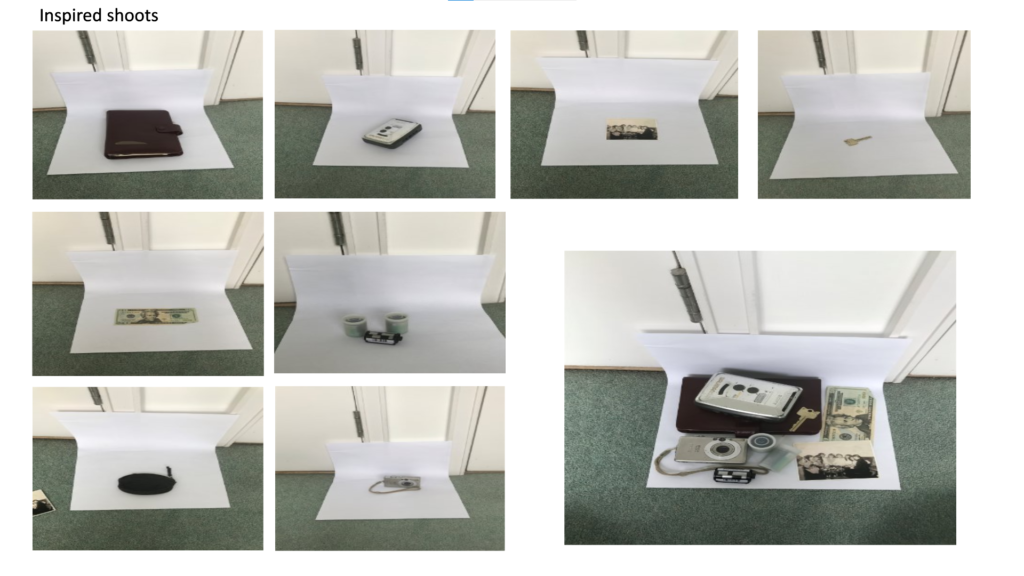
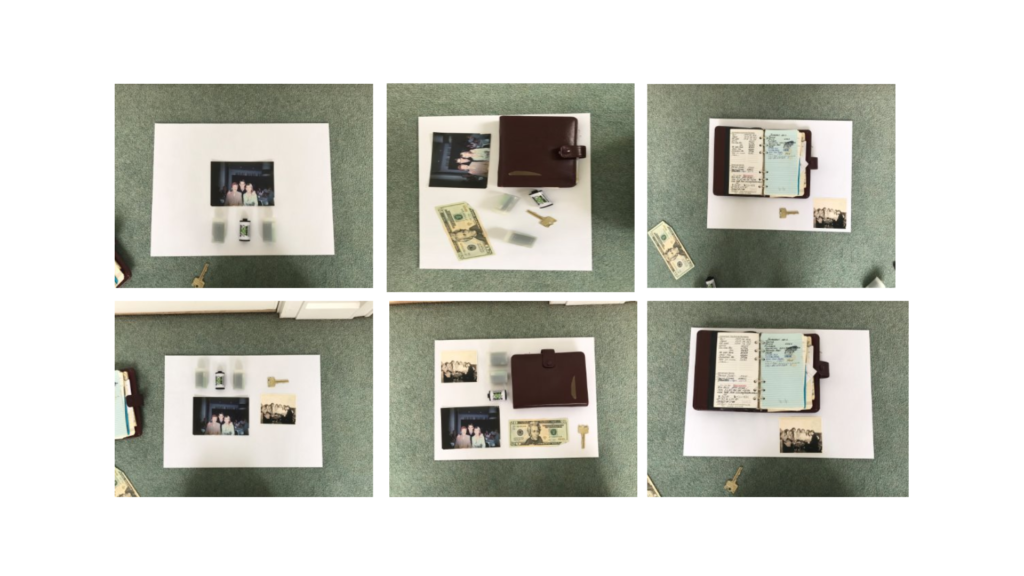
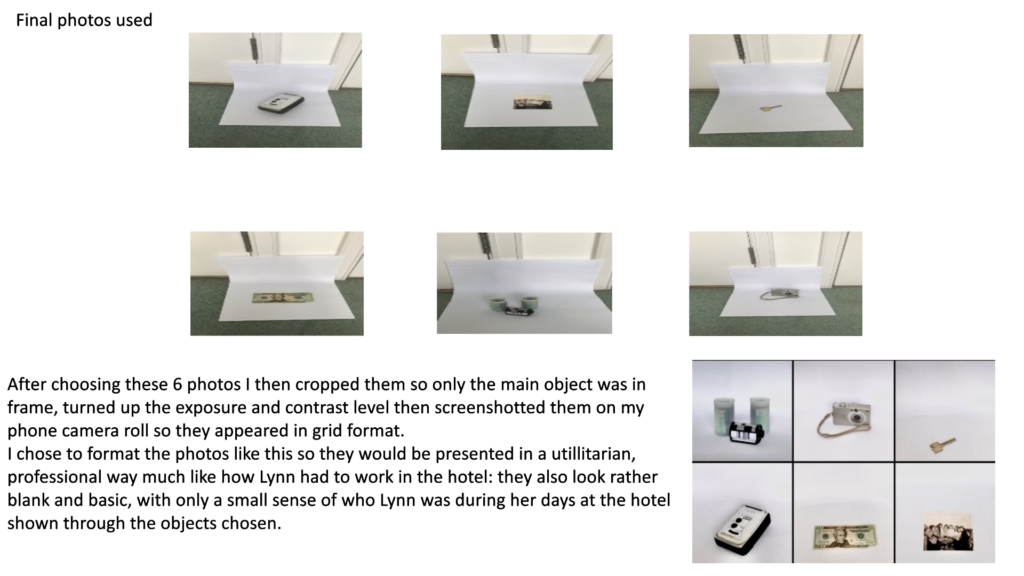
INSPIRATION- Thomas Ruff
FINAL PHOTOS



Robert Frank Trolley, New Orleans, 1955, from The Americans What Frank saw on his travels was a country enjoying post-war prosperity but deeply riven by racial and class divisions. Nowhere in Frank’s work are these divisions more apparent than in Trolley—New Orleans. Frank’s pictures capture a shadowy postwar society at odds with itself, filled with images of the American population but still very much divided by segregation and politics
CONTEXTUAL
1955 was post-war America, an economic boom advanced across the country, yet racial and class divisions were never more prominent. Frank was taking photos for his photographic book “The Americans,” the photographs were notable for their distanced view of both high and low strata of American society in 1955.
VISUAL
The light and dark tones, created by the natural light, create massive contrast against each other. The bars in between each person shows how it looks like they are separated and sectioned off- showing a literal and figurative sense of the racial tensions in America.
TECHNICAL ELEMENTS
The lighting in this picture is natural, there is also a lot of contrast which creates quite a cold, detached atmosphere. The photo was taken with a wide lens but is very focused on the subjects within it, so that it catches attention well therefore showing Frank’s iconic photography style.